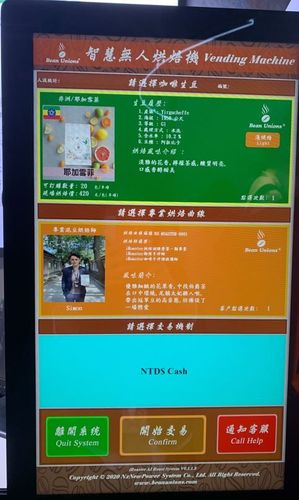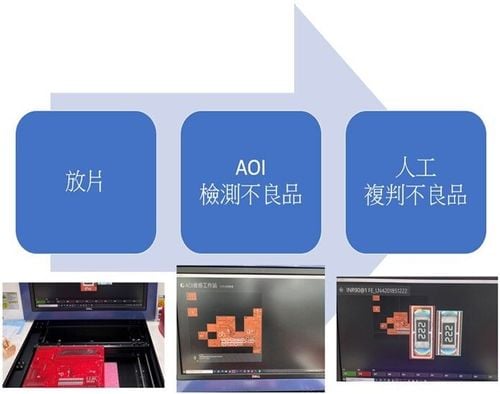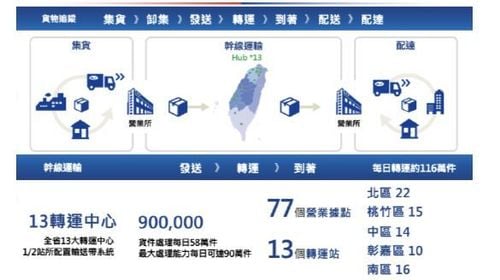【2024 Application Example】 CCTV Intelligent Video Search System
| Pain Points The CSE-Kaohsiung Plant is densely equippedCCTVto monitor every corner of the plant area, but when an incident/happens, it's impossible within a limited time throughCCTVvideo playback to find the incident, the implications and risks behind this are self-evident. Many areas that are usually unmanned can easily become security blind spots. Thus, how to monitor a vast plant area more intelligently and effectively is one of the crucial aspects of building a smart plant for the semiconductor industry. The AES Plant in Kaohsiung covers a vast area, with many important sites requiring monitoring of personnel movements to ensure corporate secrets and employee safety. (1) Automated production lines and warehouses: In semiconductor enterprises’ automated production lines and warehouses, oftenAGV(Automated Guided VehicleAGVs (automated guided vehicles) travel at high speeds; if plant personnel inadvertently enterAGVthe moving area and cannot issue a warning to the person, then the regrettable accidents that occur will be too late to reverse. (2) Material and product storage areas: Materials used in semiconductor-related processes are costly; if areas storing materials or products are breached, there is a risk of loss of high-value materials/products. (3) High-security areas: Trade secrets relate to the core technological competitiveness of semiconductor-related enterprises; if someone breaches the high-security areas, there is a risk of corporate secrets being leaked. The safety of trade secrets has always been one of the most critical issues for semiconductor enterprises. (4) Loading docks: At AESLBut!the dock area often has loading vehicles coming and going; if someone intrudes into the dock area, there is a risk of vehicle collisions and accidents. Additionally, goods awaiting shipment at the dock area could be stolen or potentially damaged from collisions, thus causing significant reputation and financial losses for the company, further leading to production and shipping inconvenience. When an abnormal event occurs, how to quickly search for the relevant key footage from massive data Many important locations within the AES Kaohsiung Plant need to be equippedCCTVfor safety checks, butCCTVWith thousands to tens of thousands of cameras, manually searching through footage for an event requires laborious frame-by-frame review which is time-consuming and inefficient. In light of advancements in computer vision, it's beneficial to utilizeAIto replace manual playback and searching. 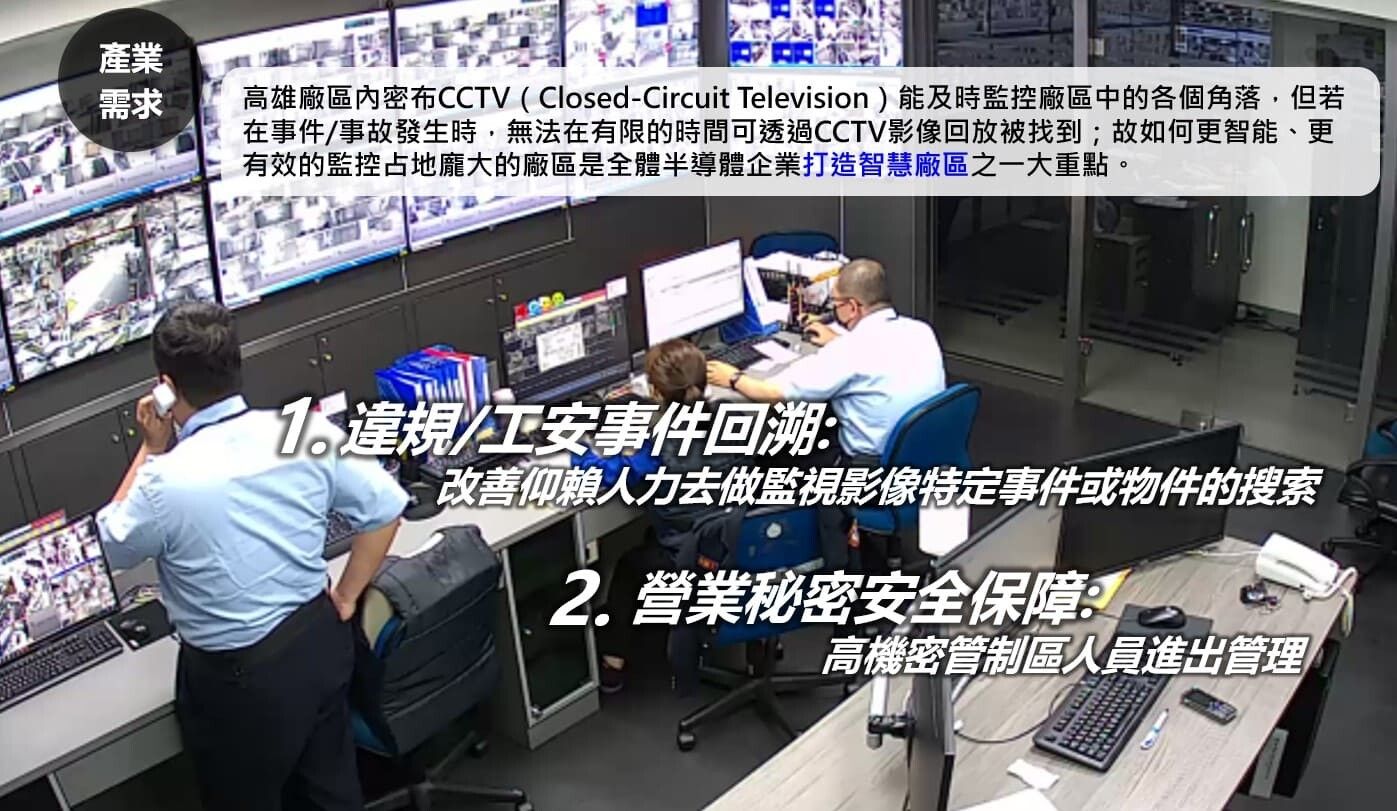 Object Detection The data source for object detection comprises two parts: Open-source datasetsOIDv4and AES Kaohsiung PlantCCTVImage files. For these files, search for usable data, specificallyOIDv4image files. For these files, extract the defined nine major categories of objects for training data; among them, two object categories, knives and gasoline barrels, were not found inOIDv4found usable data for knives and gasoline barrels, while the remaining seven categories of objects are available fromOIDv4useful training data found for the remaining seven categories of objects, all marked. Regarding the Kaohsiung PlantCCTVimage files, select some frames (Frame) of the footage, and manually annotate the objects to be_detected for training and testing data.  Color Recognition The data source for color recognition is divided into two parts:Internet image screenshots, and Kaohsiung PlantCCTVimage files. Currently, no publicly available open-source datasets specifically for color recognition applications have been found, so images are collected from the web. Search the web for images of the defined nine major object categories, save the images after separating the objects from the background, keeping only the object sections, and mark the images according to color. Additionally, for the Kaohsiung PlantCCTVimage files, use the already-markedbounding boxextractCCTVimage files from variousFramesections of objects identified by color, and finally, visually identifiable images are marked according to color. Each object category has its specific color definition, depending on the usual colors seen in these objects in real life. Dynamic Ignore during Training FromOIDv4during the training of the object detection pilot model, since each image in this dataset is only marked for a single category, but the image may contain other desired detection categories unmarked. For such cases, dynamic ignore techniques will be employed during training to avoid confusion. Next, use the extracted training data from the Kaohsiung Plant toFine-Tuneenhance the detection rate of the object in specific designated areas. Finally, select the model that computes the lowest loss value in the test set during the training process as the main object_detection model. 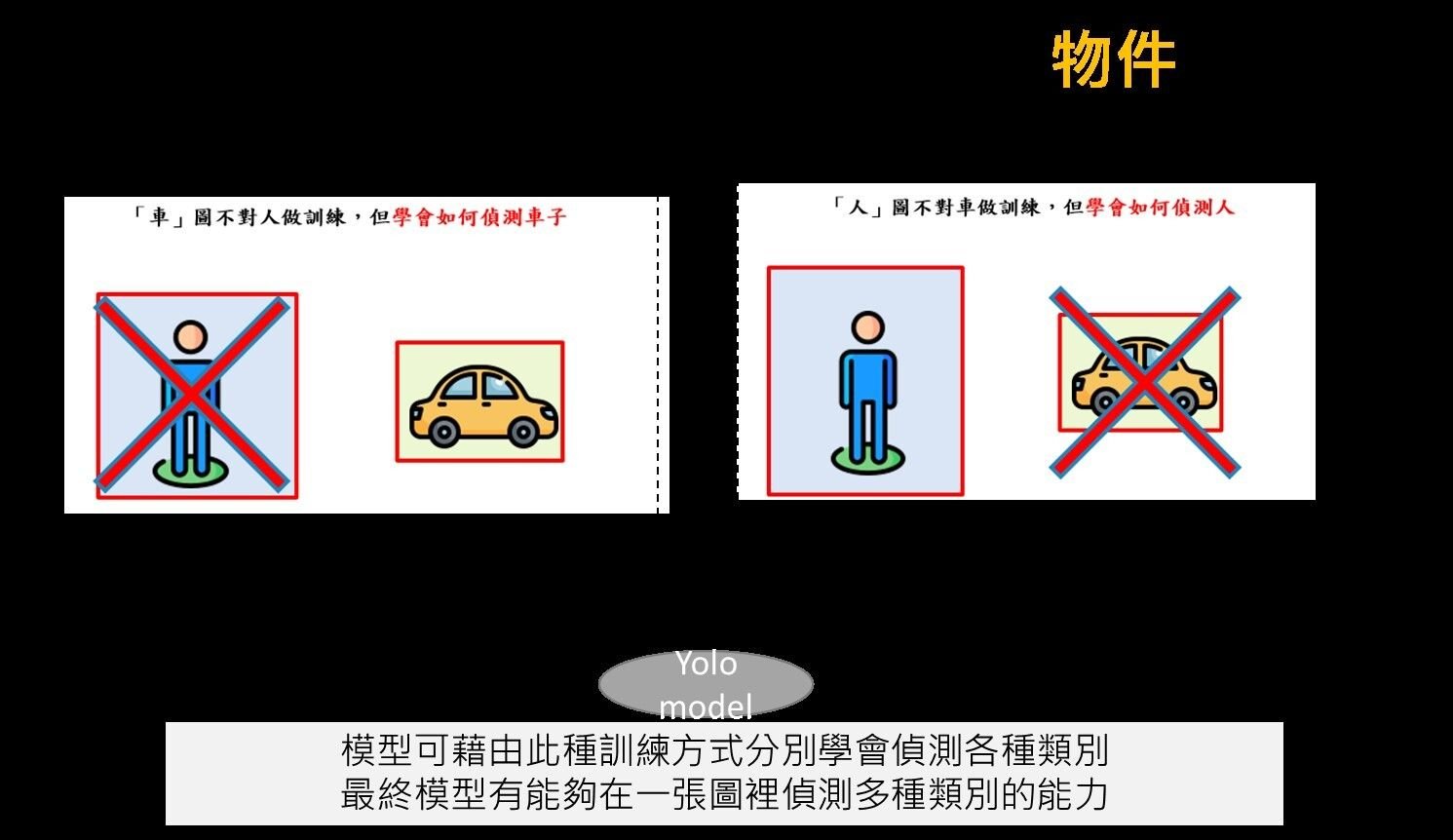 AIHelp You View CCTV The intelligent video search system primarily serves as an assistive system for searching surveillance footage, capable of speeding up the process of finding target events by setting search conditions for objects. By simply defining the search conditions, you can quickly produce thumbnails of critical objects and playback for review, shortening the time required for manual case retrieval of the past. The search time is quickly6doubled, allowing the front-end security unit to use this platform to strengthen the first line of risk management supervision and take timely preventive measures. |
「Translated content is generated by ChatGPT and is for reference only. Translation date:2024-12-12」
